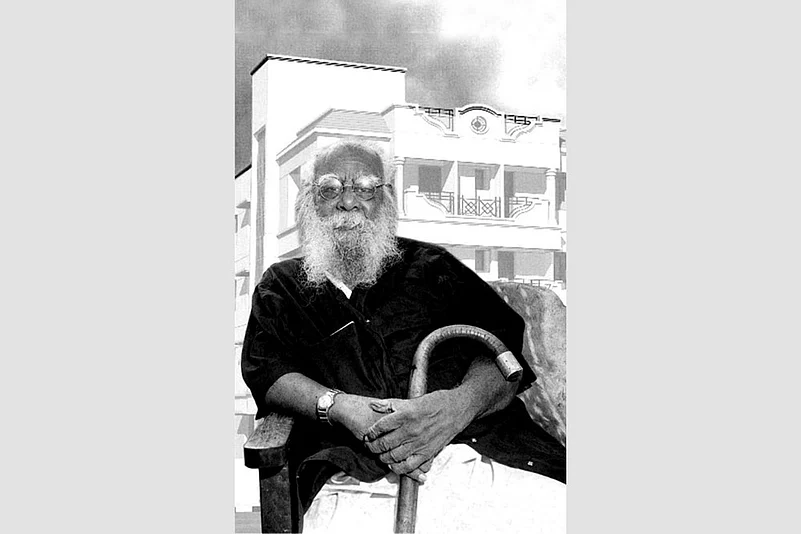Imagine, if you will, that Indian women were a country unto themselves—the Women’s Republic of India. At around 600 million people, the new state would be the world’s third largest, a little smaller than the misruled territory of Male India. On the 2014 UN Human Development Index, it would rank between Myanmar and Rwanda. Now, home in on mean years of schooling. Our Democratic Republic of Indian Females would be, at 3.2 years, neck and neck with Mozambique. As for per capita, inflation-adjusted income, hold onto your hat: Ivory Coast and Papua New Guinea leave it in the dust. It’s sobering to see what a tripling of India’s GDP since 2000 has not done for its women.
In fact, we don’t have to cross borders to imagine an environment less crushing of Indian women’s capacities. In the states of southern India, development indices and daily freedoms have long been different from those across the northern states. In the north, for instance, the majority of women marry before the age of 18; in the south, the number in some states is as low as 15 per cent. One result is that fertility rates in parts of the south are half what they are in some northern states. You’ll find parallel differences in women’s illiteracy, and in female rates of participation in the labour force (over 50 per cent in the south, just 36 per cent in the north). Such variations are arguably at the heart of a North-South divide that is often cited as one of India’s major economic and social fault-lines.
Surprisingly, that divergence has something to do with a primary school dropout named E. V. Ramaswamy Naicker born nearly 140 years ago. Naicker is best known in India as an anti-Brahmin activist, rationalist and take-no-prisoners orator—an iconoclast who joined Gandhi’s Congress but became a famous enemy of the Mahatma. In the mid-1920s, he founded the Dravidian Self-Respect Movement, whose followers called him Thanthai Periyar, the Great Man—a self-conscious dig at Gandhi, the Great Soul.
Though he never ran for office, Periyar left a massive imprint on modern Tamil politics; the political parties that emerged from his movement have governed the state since the late 1960s. Nationally, his advocacy of the Tamil language and his refusal to accept the nationwide imposition of Hindi influenced India’s post-1947 policies of linguistic pluralism, while his views on caste helped to create an atmosphere that favoured legislation on affirmative action in the early days of the Constitution. He was also the first leader of his time to argue forcefully—without the paternalist condescension many Indian men are given to when they speak on this subject—for the freedom of women in a country where the wagons are always circled around the patriarchal family. Periyar mocked the “stupidity” of Sanskrit epics that celebrated self-sacrificing women as if they were chaste footstools. He advocated girls’ education, love marriages, divorce if those marriages didn’t work out, women’s property rights and—most radical of all—respect for women’s sexuality and ability to control conception.
Women shouldn’t passively wait for rights to be bestowed upon them, either, Periyar said. In an essay in which he called for manhood to be destroyed in the name of female freedom, he famously wrote, “Have cats ever freed rats? Have foxes ever liberated goats or chickens? Have whites ever enriched Indians? Have Brahmins ever given non-Brahmins justice? We can be confident that women will never be emancipated by men.”
Periyar was making his case in a region with more than its share of ancient warrior queens and powerful goddesses, a lower fertility rate and, in some communities, an existing tradition of birth control—and this probably intensified the 20th-century statistical face-off between South and North. But the more I learn about this gruff idol-breaker with a stiletto tongue and a furnace of a brain, the more I wonder: if only other regions of India had had similar legacies, would our Democratic Republic of Indian Females be in better fighting shape today?
















